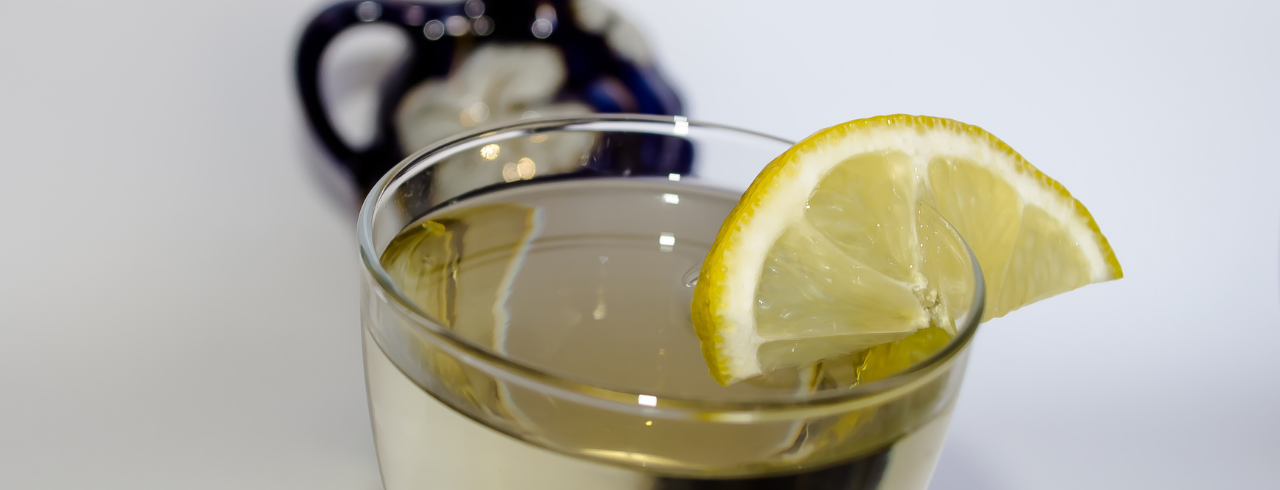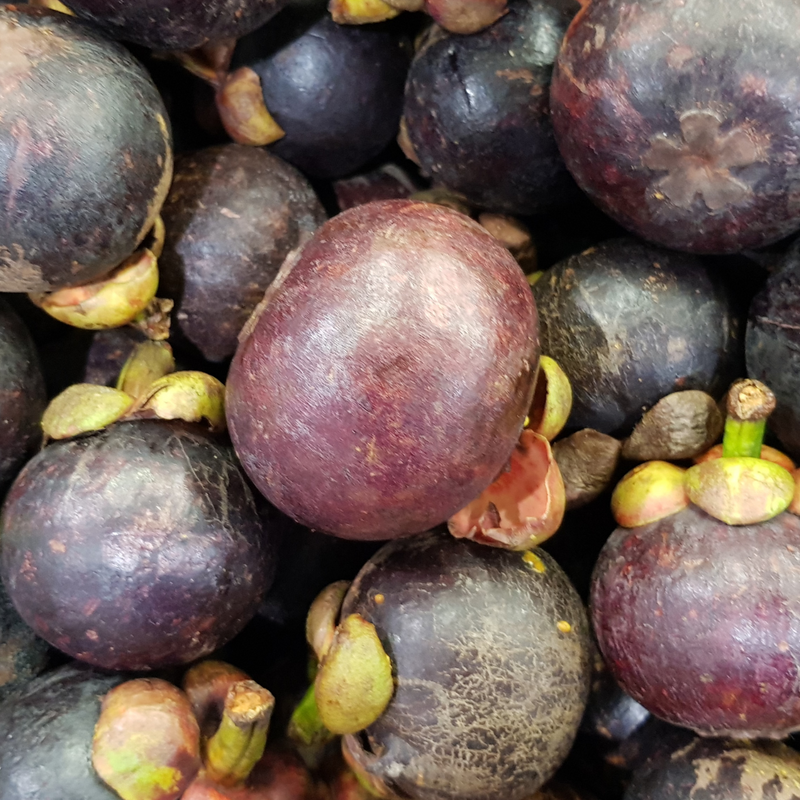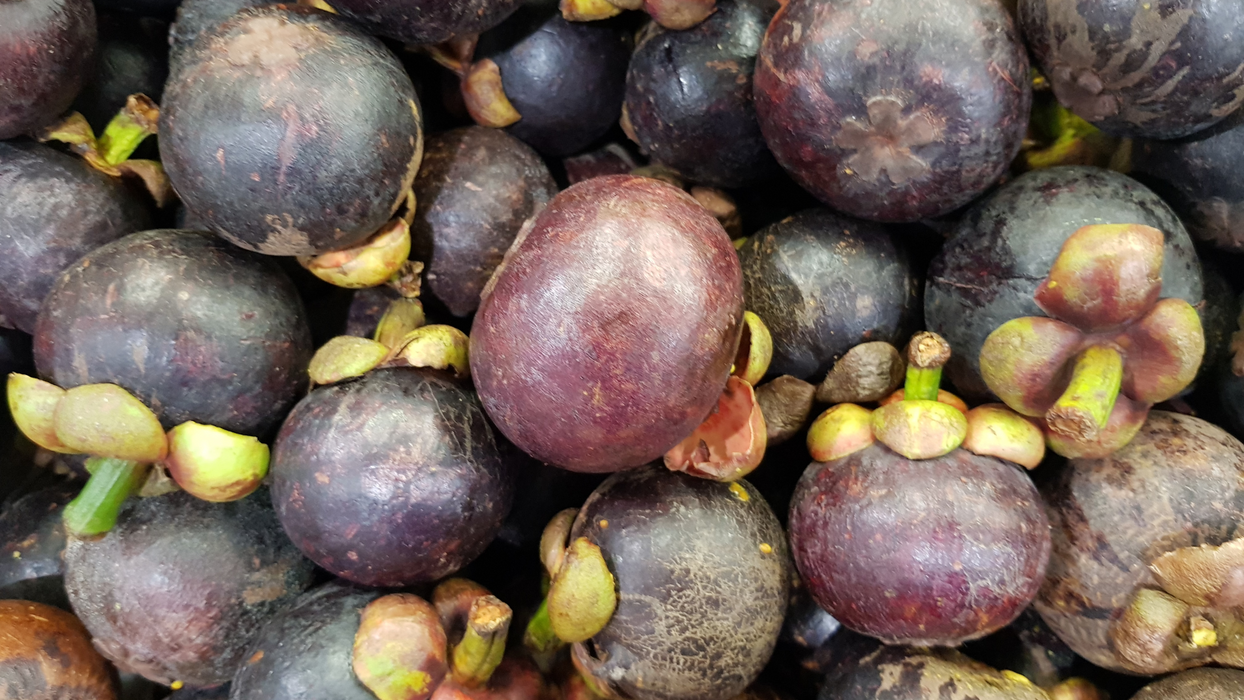
What is Dry Wine?
Wine is a delicacy that comes in many flavors and forms. When talking about wine, one of the most common terms that you’ll hear connoisseurs and new drinkers say is “dry wine.” Dry is used to describe the sensory characteristics of a wine.
Just think of other adjectives people call some wines, such as “crisp,” “sweet,” or “full-bodied.” Dry is used in a similar context! However, the word tends to bring along misconceptions and questions.
In an effort to make things simpler for you, here is some essential information on what dry wines are and the different types out there.
What Does The Term “Dry” Signify?
When a person uses the word “dry” to describe a drink, what do you think of? Is it that the drink cannot quench your thirst? Or do you believe it probably lacks flavor and will make your mouth feel dry? Well, dispel all those thoughts because that is not the case when it comes to dry wine.
The reason a wine is called “dry” is due to it having no residual sugar. In order for winemakers to turn their grapes into wine, they conduct a fermentation process using yeast. The yeast consumes the grapes’ sugar, and then alcohol is produced.
If the winemaker wants the wine to be sweet to a certain extent, they will stop the fermentation process before all the sugar is gone. On the other hand, if they desire to make the wine dry, the winemaker will allow the yeast to completely eat the sugar.
Dry Wine Myths
Dry Wine Makes You Thirsty
As stated previously, “dry” tends to bring up many false ideas about wines of this nature. One of the more prominent ideas that people believe is dry wine will leave their mouth parched.
However, longtime wine drinkers will let you know that this is not the case. The prime reason why some wines are called dry is because their sugar content is zero. No sweetness means dry in the wine industry.
While there are wines that create a dried feeling inside your mouth, this is due to their high level of tannins. Tannins are an organic substance used to protect the wine from oxidation during their aging process. They are responsible for the bitter and astringent taste that can be found in most red wines.
All in all, tannic and dry do not mean the same thing when talking about wine.
Dry Wine Has More Alcohol
Another wine folly is dry wine has higher alcohol levels. Even though there are wines that lack sweetness and have large amounts of alcohol, there are also dessert wines that have similar alcohol levels.
For instance, our 2019 Lone Vine Moscato combines a fruity and sweet wine taste, while sitting at 12.5% ABV (Alcohol By Volume). That percentage is close to the APV for some of our driest white wines!
What Is Dry White Wine?
Though whites tend to be known for their sweet taste, there are plenty of them that come dry. Instead of its signature fruity taste; dry white wines are mainly acidic, crisp, and refreshing. As a result, it can accompany a wide variety of meals.
But you can also use dry white wine for cooking, too. Some of the most popular whites, such as Chardonnay, Sauvignon Blanc, Pinot Grigio, and Pinot Gris, see widespread use in a variety of recipes. Some of these meals include chicken and shrimp, while others can be utilized in desserts like cake or sorbet.
This is because their diverse range of flavors, lack of tannins, and high acidity are able to greatly enhance the aroma and flavor of foods.
What Is Dry Red Wine?
Next, there is the one and only: red wine. Dry red wine has similar characteristics to dry white wine (both have no residual sugar, are acidic, and can be used for cooking). However, dry reds usually have high tannin levels. Therefore, these are more likely to give you that drying sensation we mentioned above.
This is, by no means, a bad thing though. Tannins are what give red wines a ripe, smooth, and astringent quality. These allow dry red wines to be very versatile, especially when used as an ingredient in cooking.
For example, Red Zinfandel or Syrah/Shiraz can marinate your meat, seafood, and vegetables. Meanwhile, Pinot Noir and Cabernet Sauvignon can make smooth wine-based sauces for pasta dishes.
The Versatility of Dry Wine
If you thought dry wine would make your mouth as dry as a desert, hopefully, we changed your mind! Dry wines are one of the most incredible drinks in the world. Not only do they come in many flavors, but dry wines can also accompany a variety of dishes.
But if you’re looking to “spice up” a meal, then feel free to incorporate dry wines into a recipe. This can bring your next dish to a new level of deliciousness.
Now it’s time to stock up! Head on over to our website to see a full catalog of dry wines.





